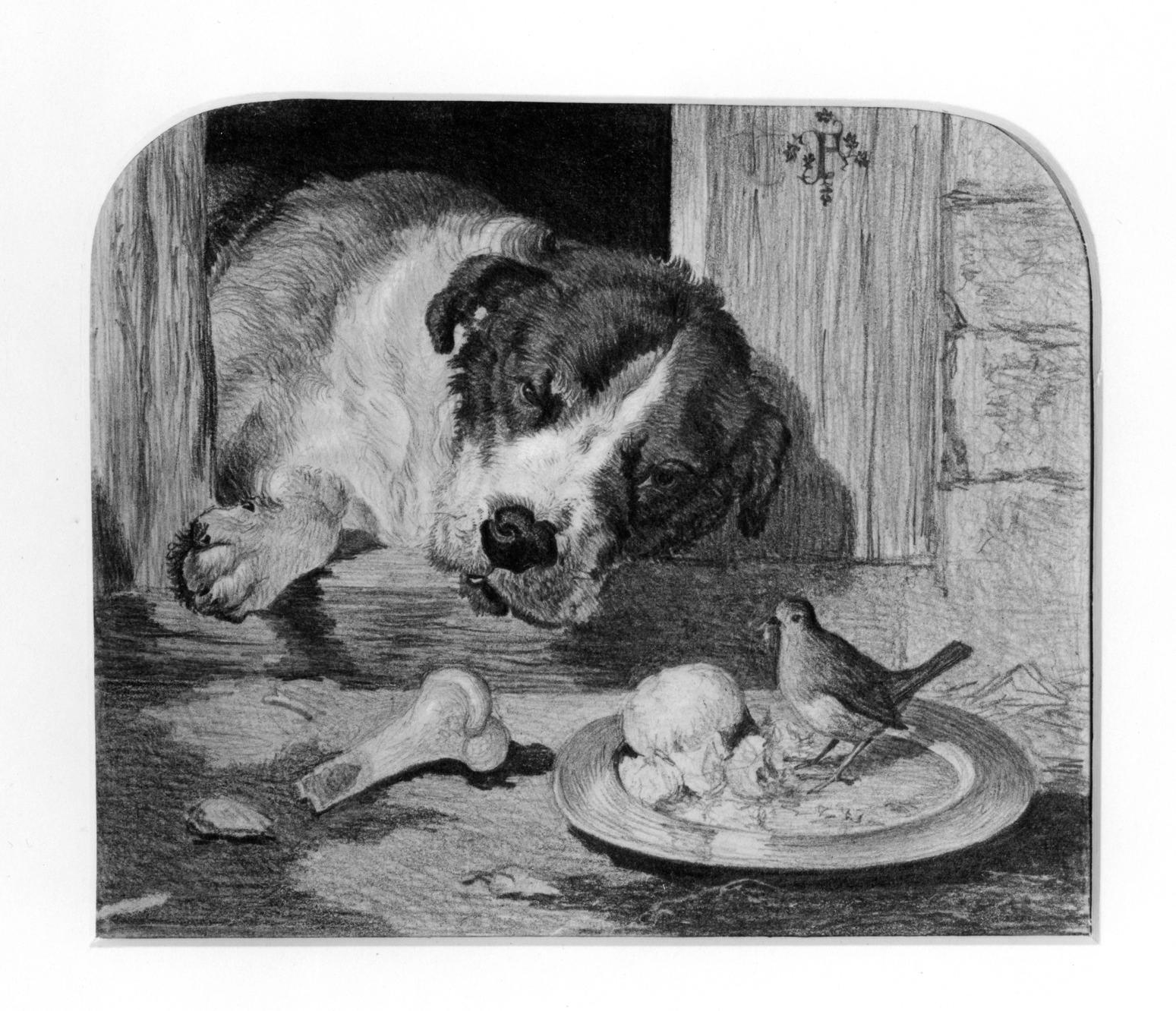
- 1 Comment
- 3,359 views

Here we will be featuring links to current research that may be of interest to clubs, health committees and dog breeders. Comments and perspectives will be posted as time permits. Viewpoints and impressions - dog breeder, veterinary epidemiologist, health club advisor

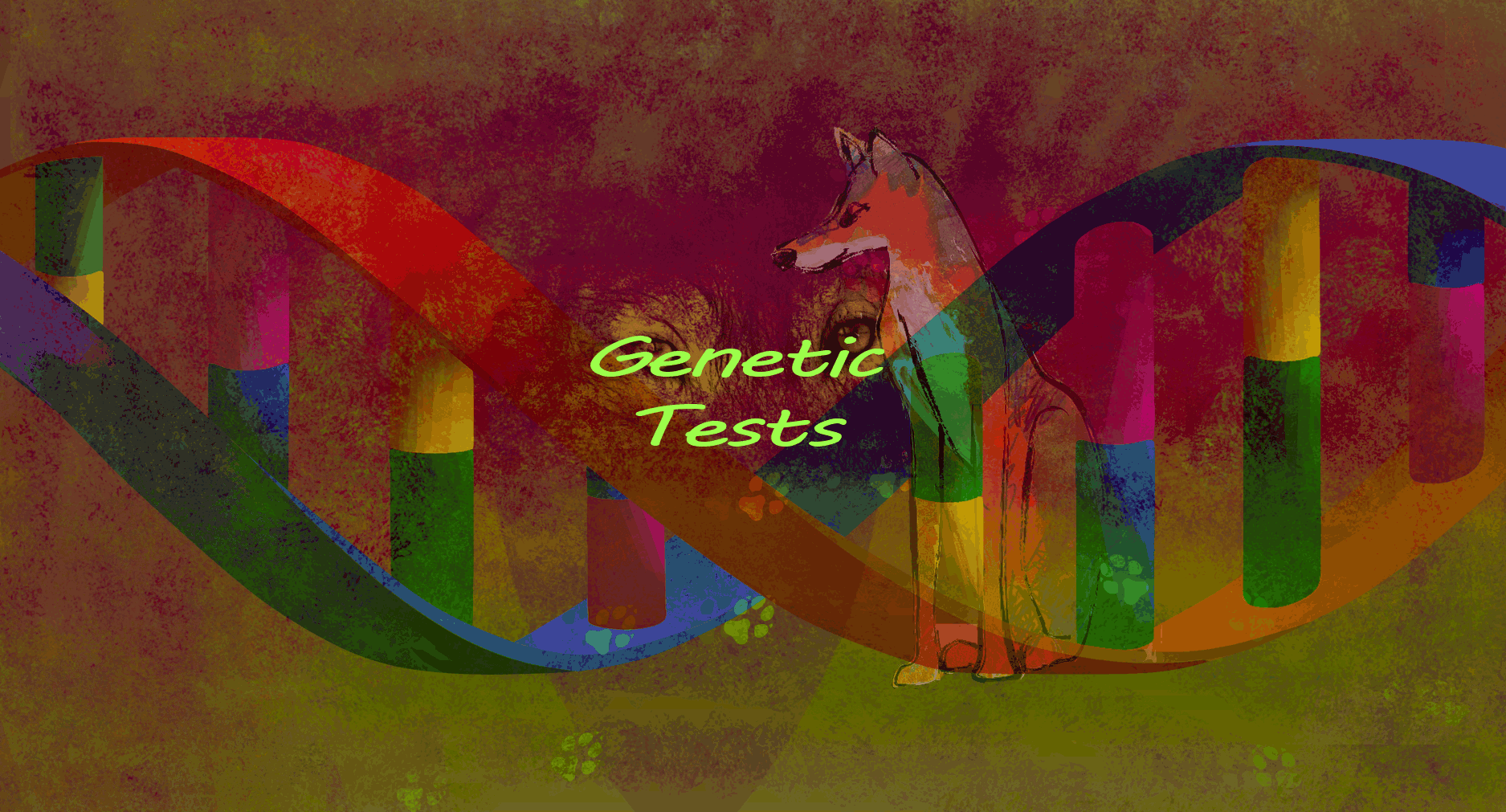
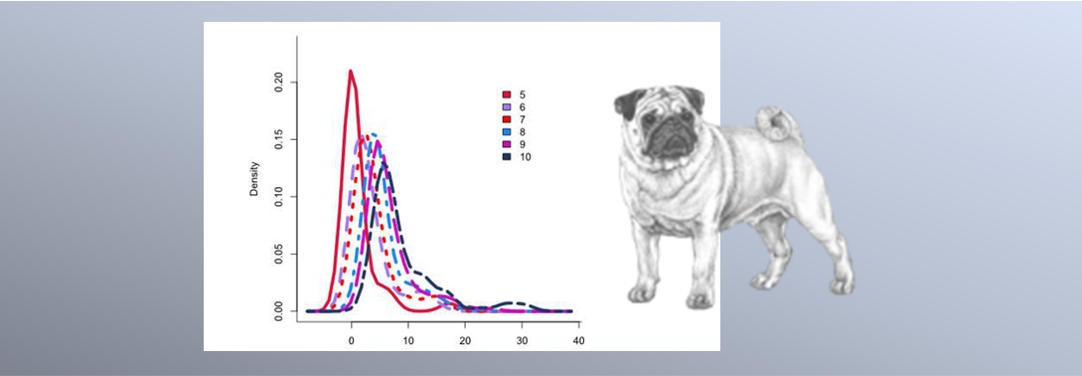



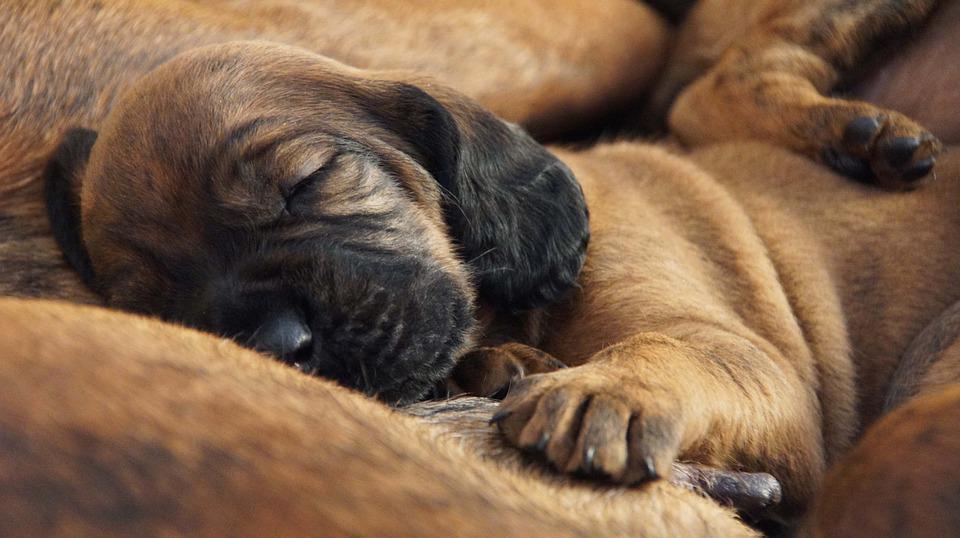
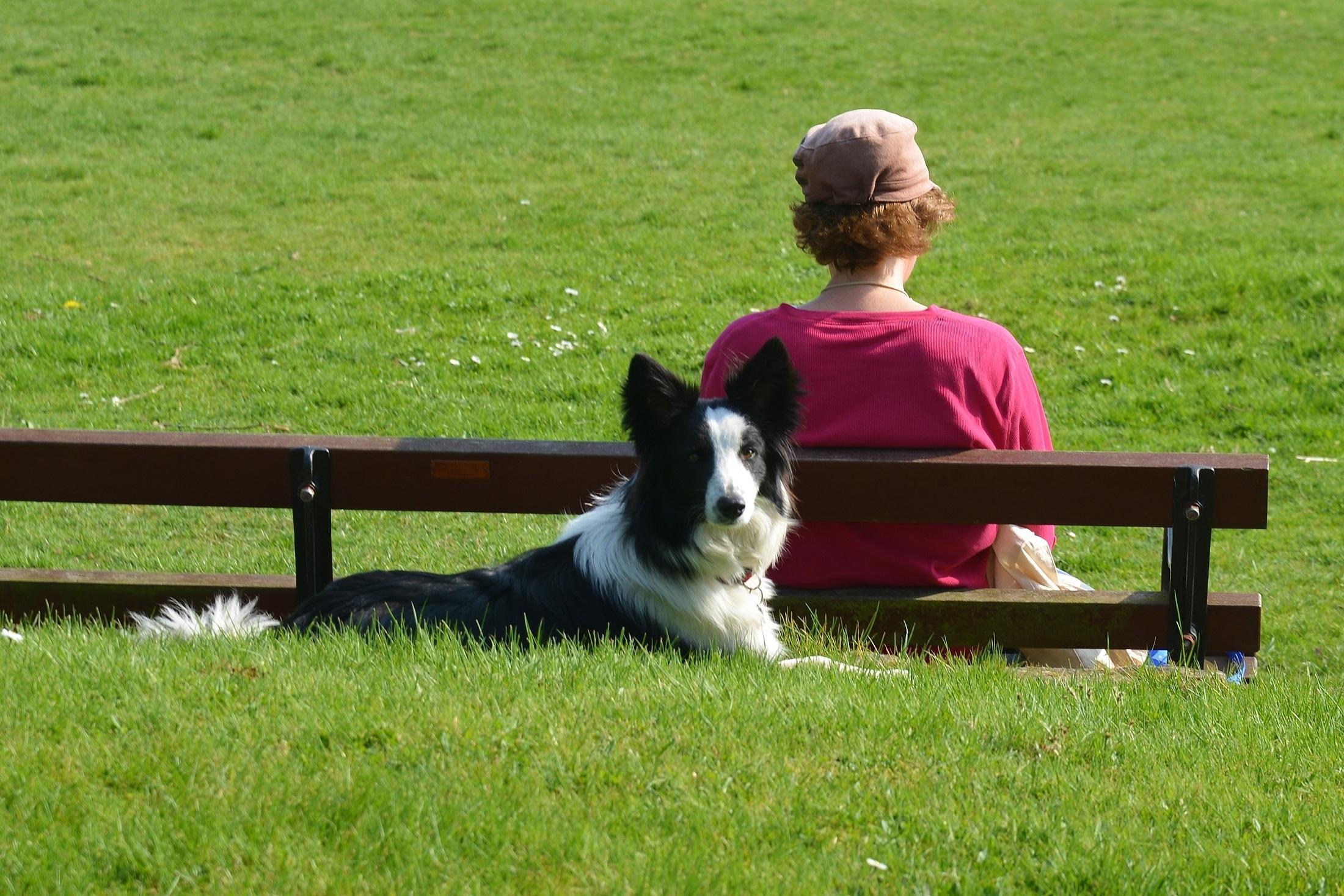

By using this site, you agree to our Terms of Use.